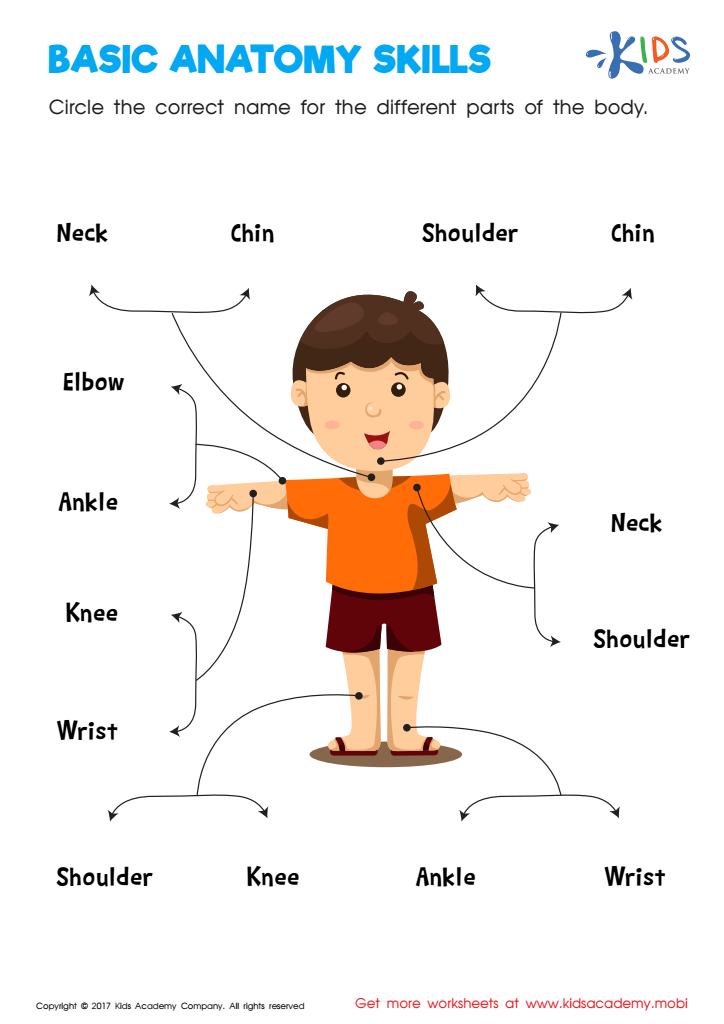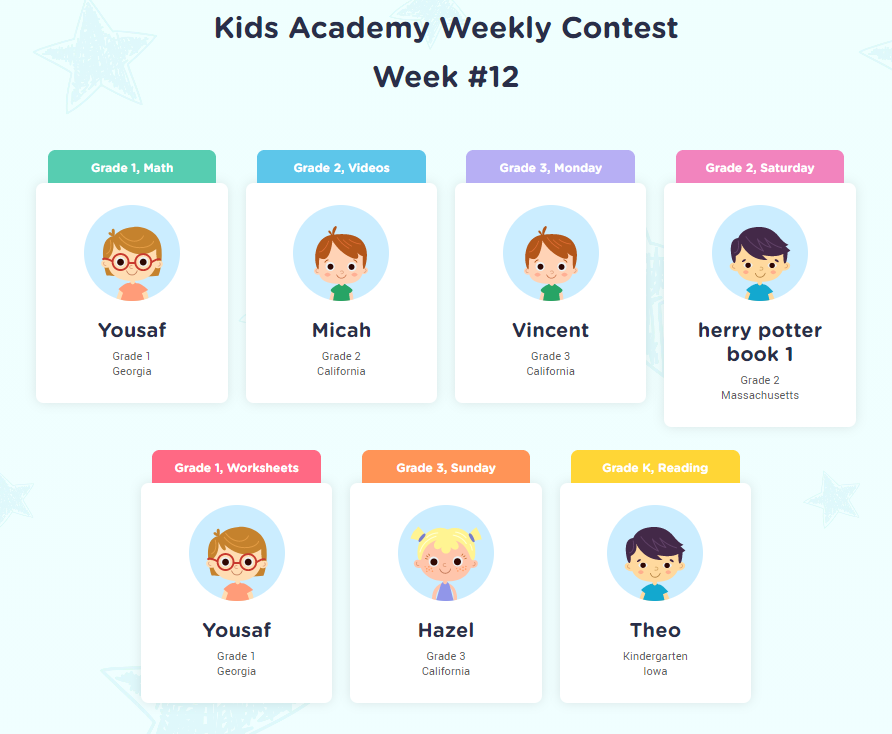Understanding anatomy Worksheets for Kids
1 filtered results
-
From - To


Basic Anatomy Skills Printable
Question/Answer
What are some effective activities to train students’ Understanding anatomy skill when teaching them about Our Body and Health?
Effective activities include using interactive 3D models or virtual reality experiences to explore human anatomy, engaging in hands-on dissection labs using specimens or models, employing augmented reality apps for visualizing body systems, organizing role-play to demonstrate physiological processes, and creating anatomy-focused puzzles or quizzes. These methods promote active learning and help students visualize and comprehend the complexities of human anatomy.
How to train the Understanding anatomy skill in Kindergarten students learning about Our Body and Health?
To train the "Understanding Anatomy" skill in Kindergarten students, use simple, interactive activities like puzzles of the human body, coloring books that highlight different body parts, and age-appropriate games that involve naming or pointing to body parts. Incorporate songs or rhymes about the body and health, and use models or dolls for hands-on exploration to make learning engaging and memorable.
What does the Understanding anatomy skill mean when it comes to Kindergarten Our Body and Health learning?
The Understanding anatomy skill in the context of Kindergarten Our Body and Health learning involves teaching young children basic knowledge about the human body. This includes identifying major body parts (like head, arms, legs), understanding the senses, and recognizing simple functions of these parts (e. g. , eyes for seeing, legs for walking).
 Assign to the classroom
Assign to the classroom











